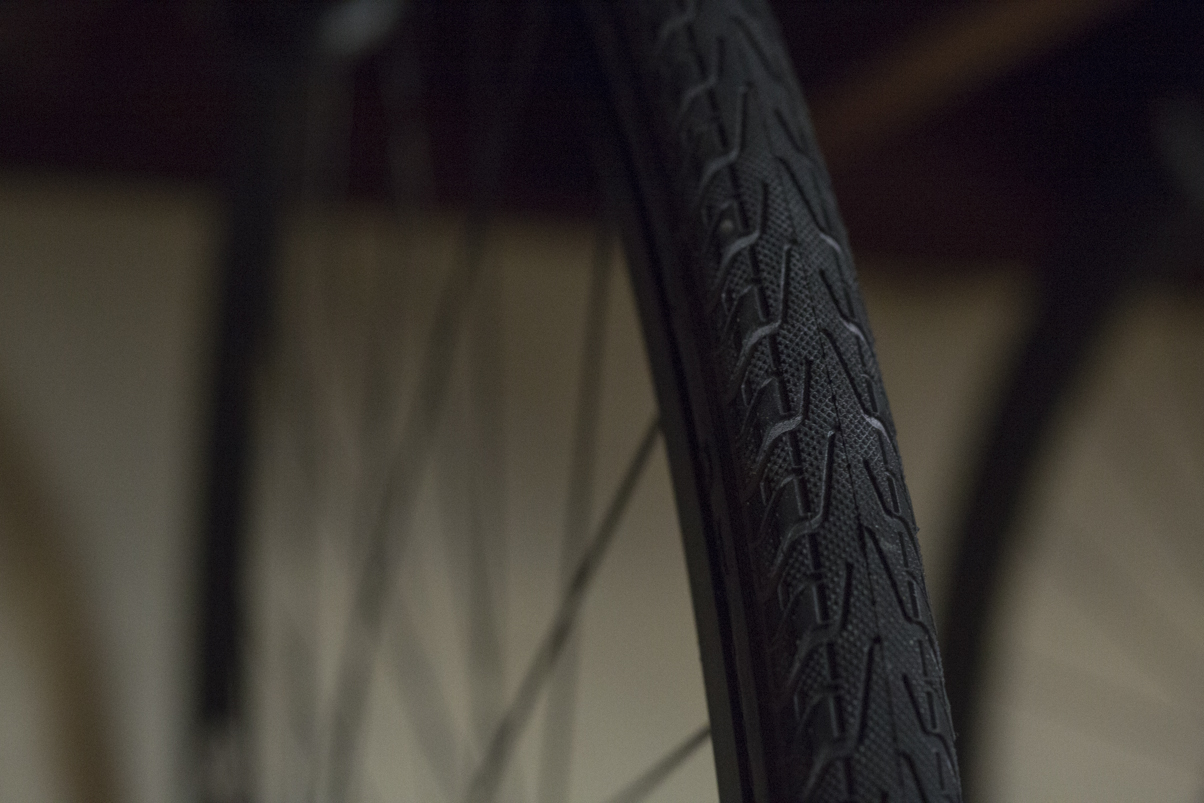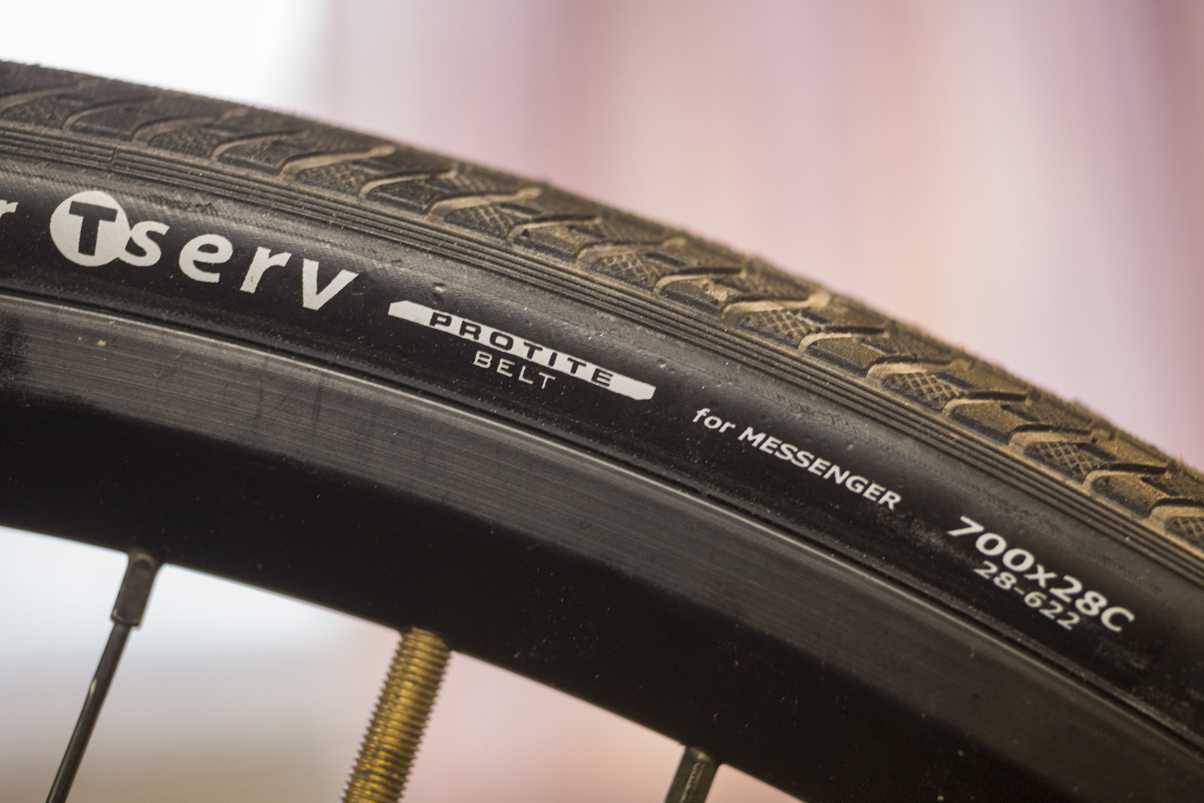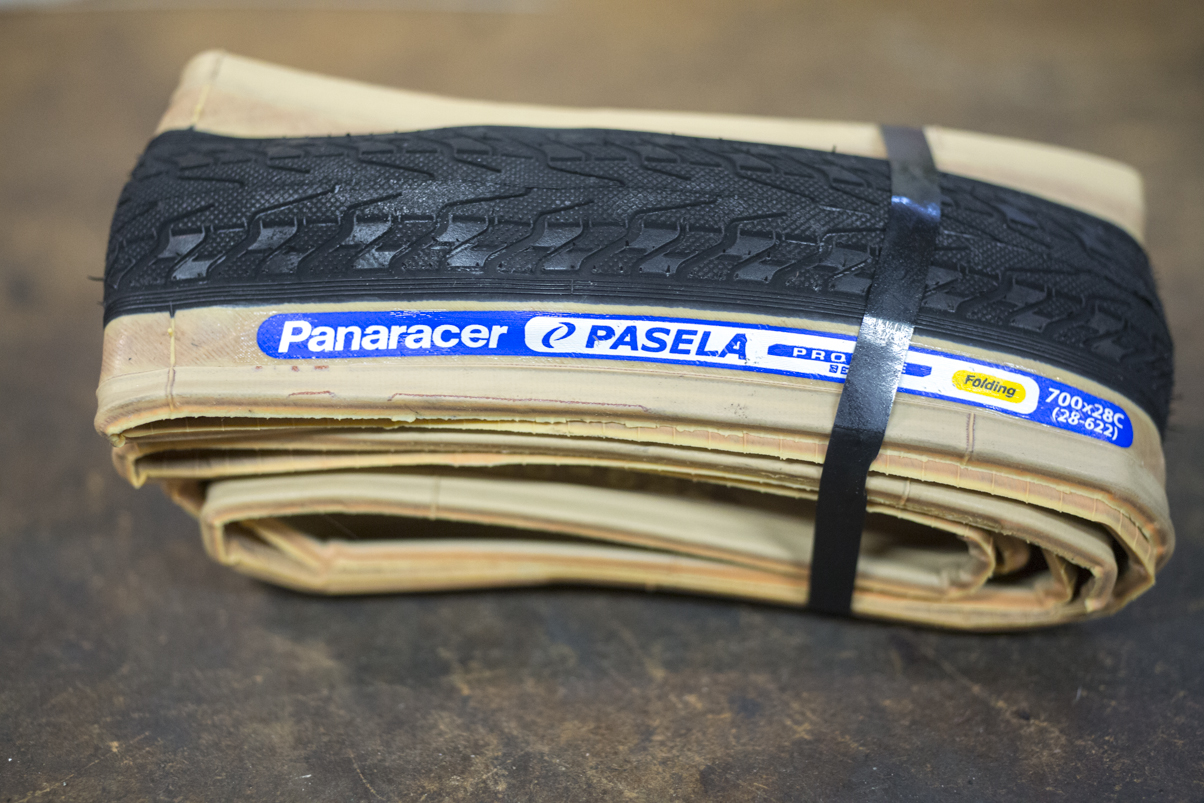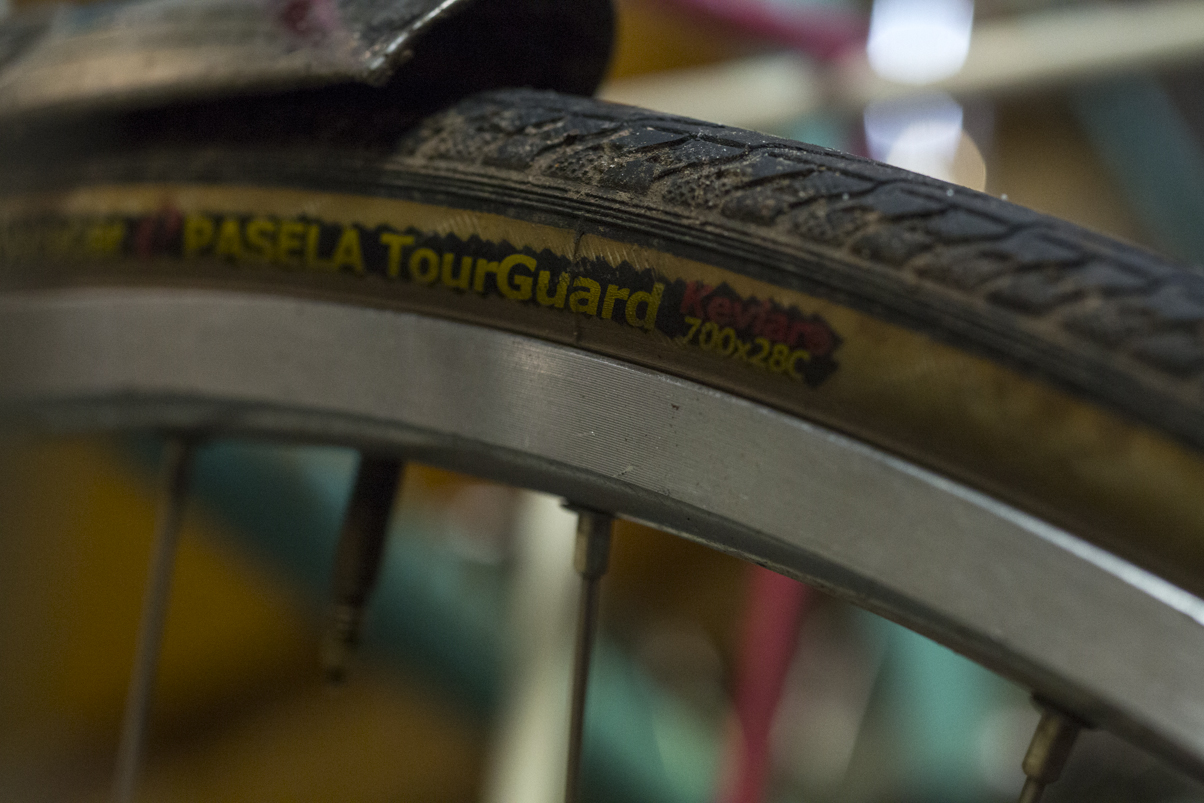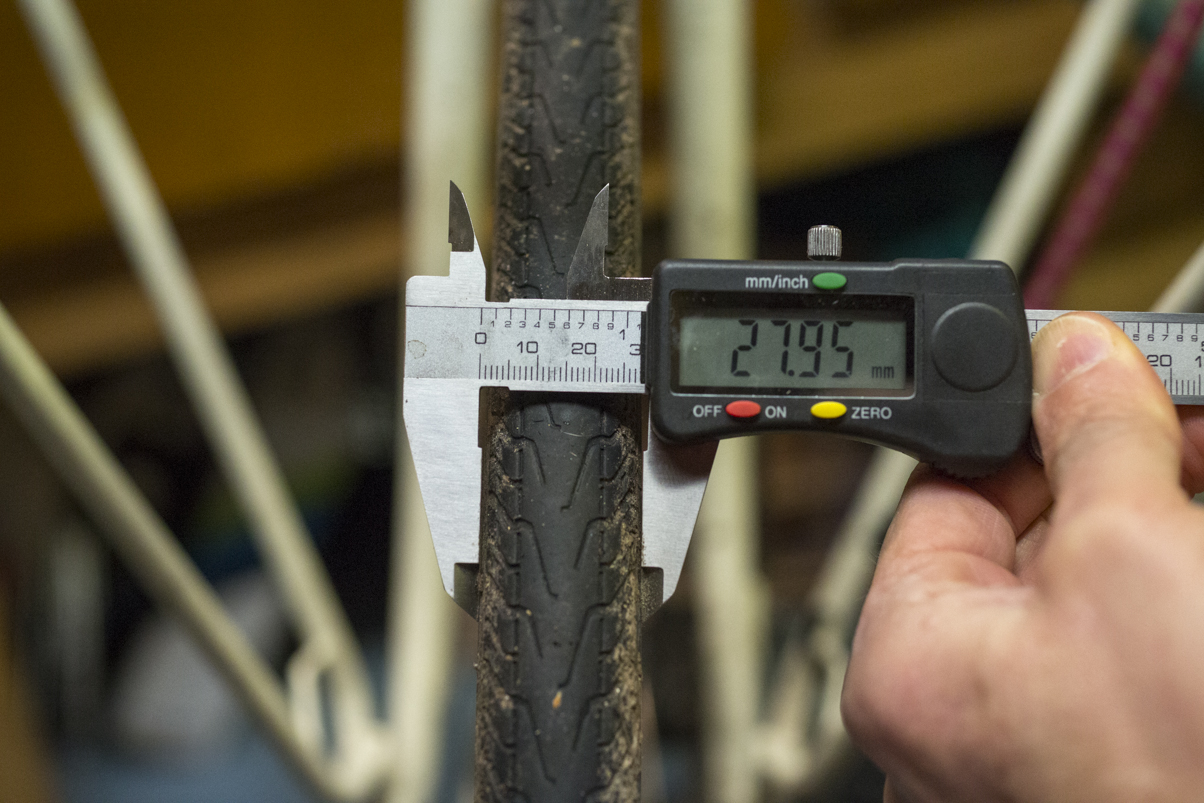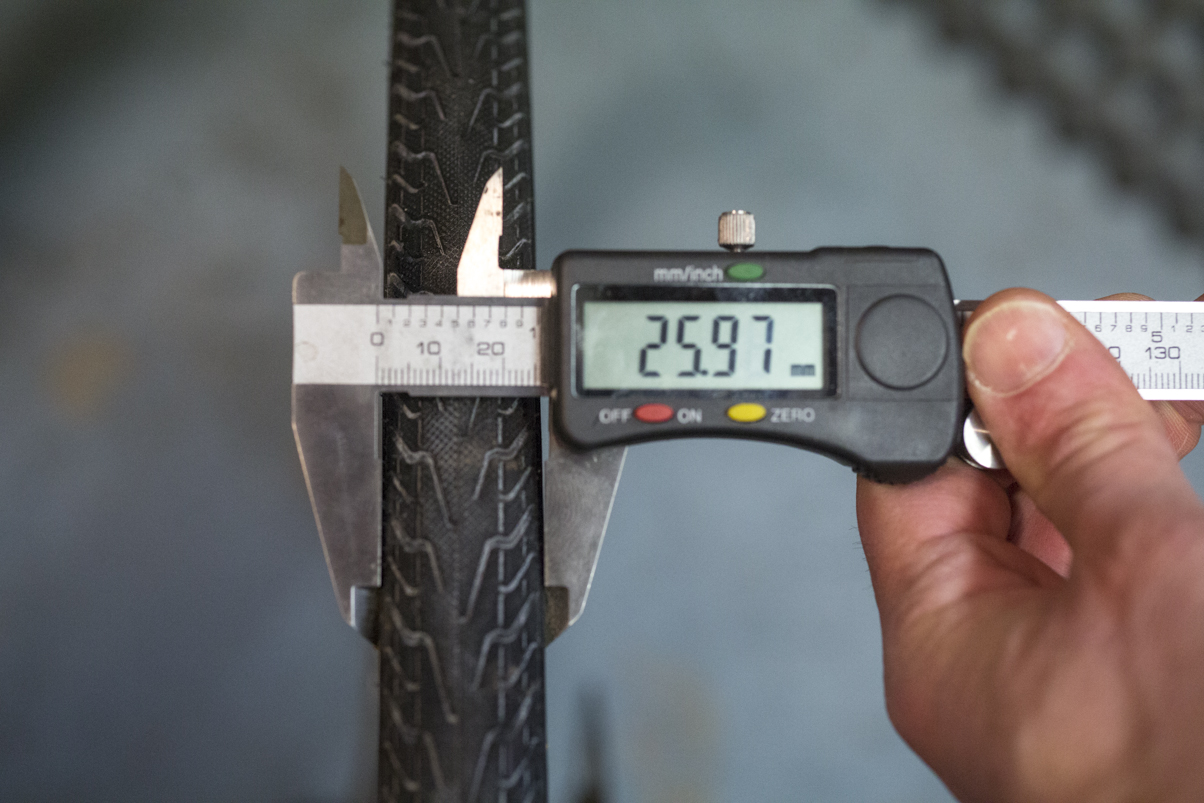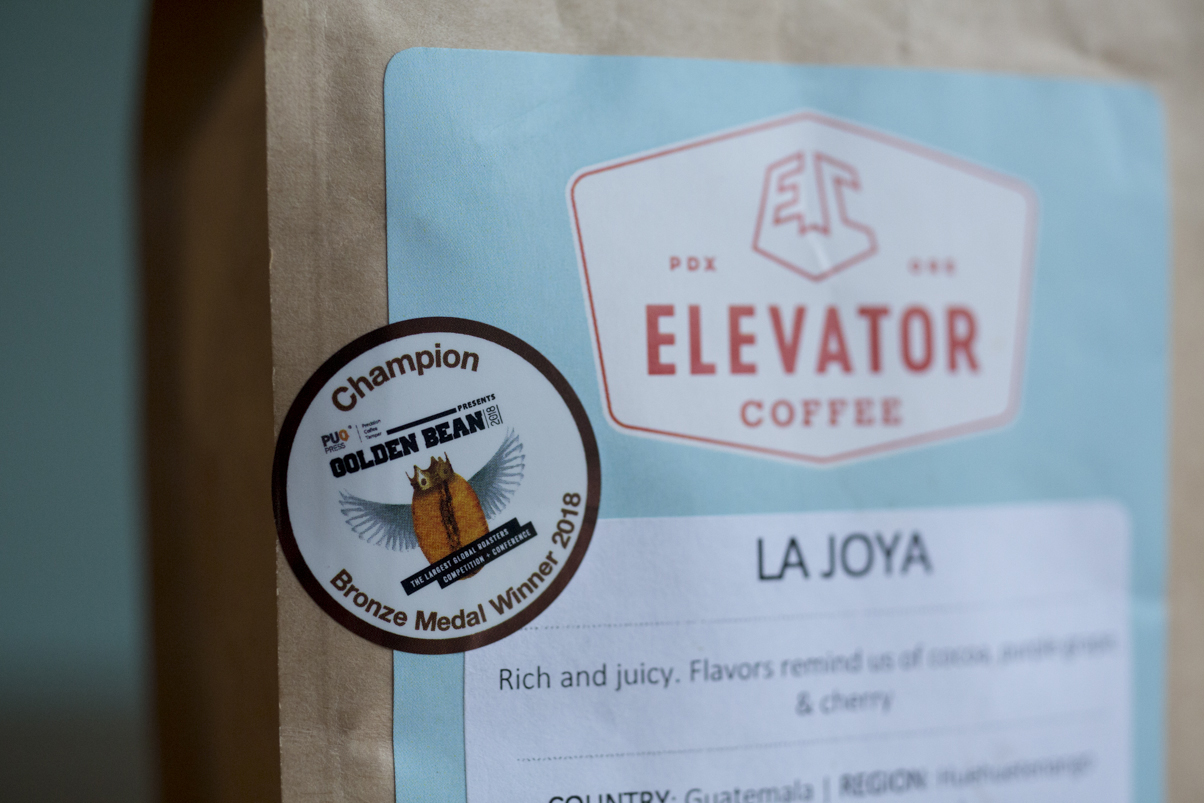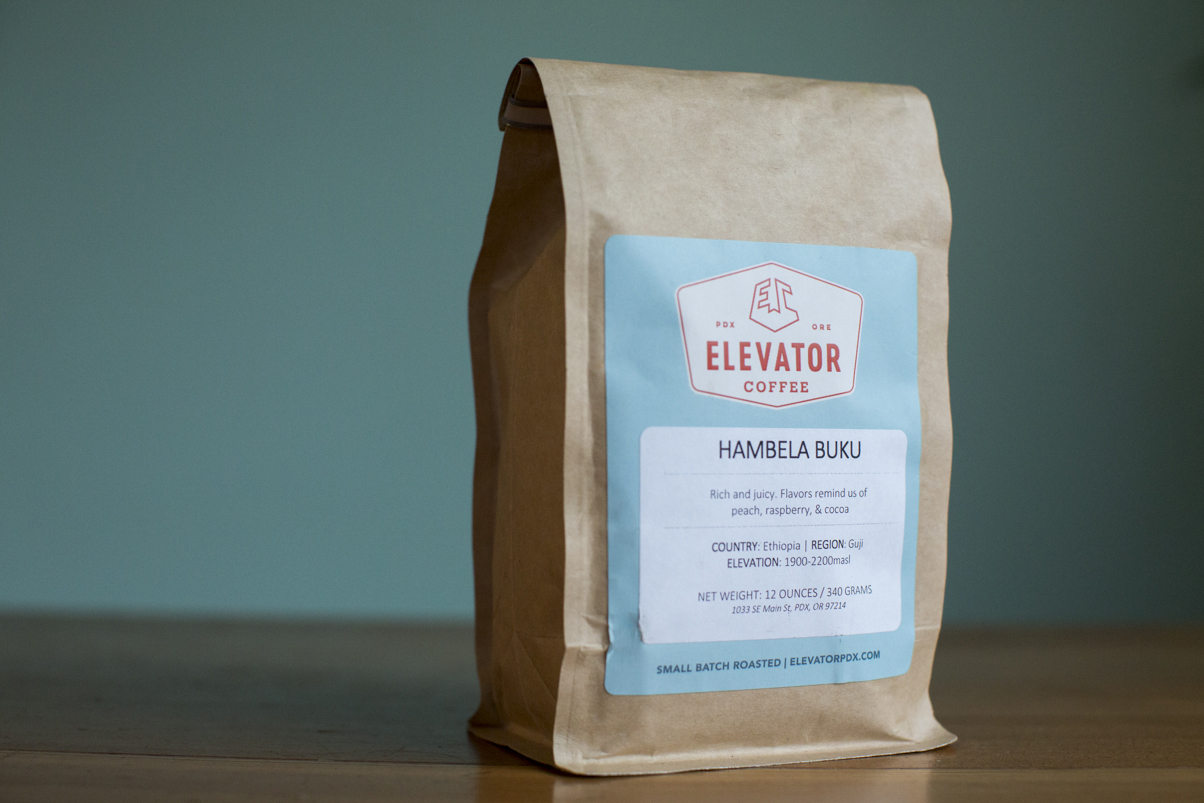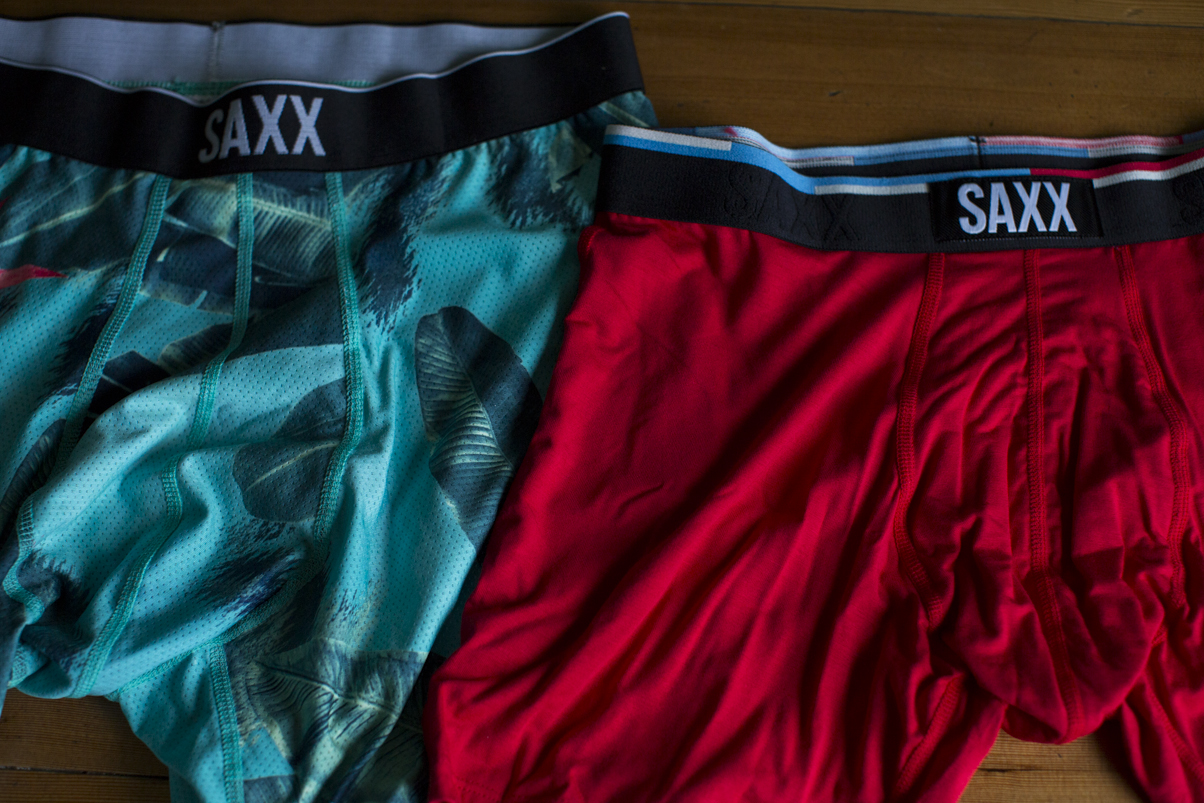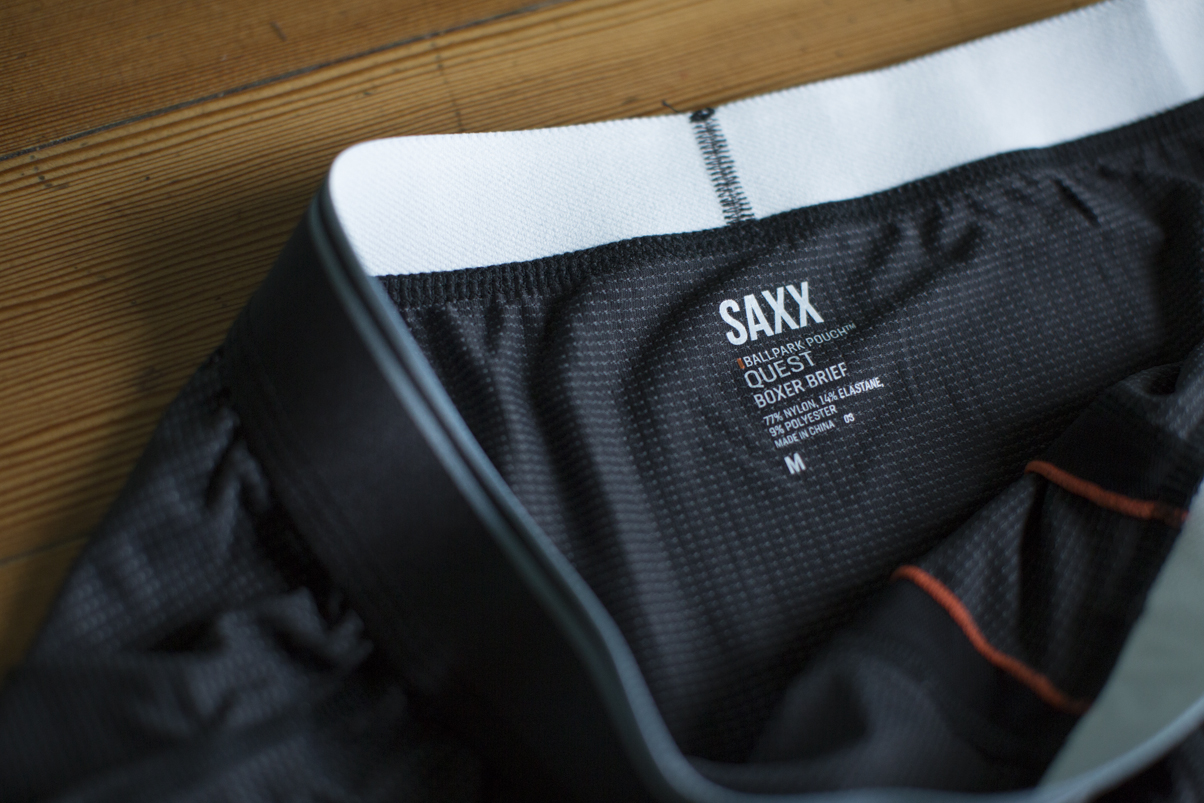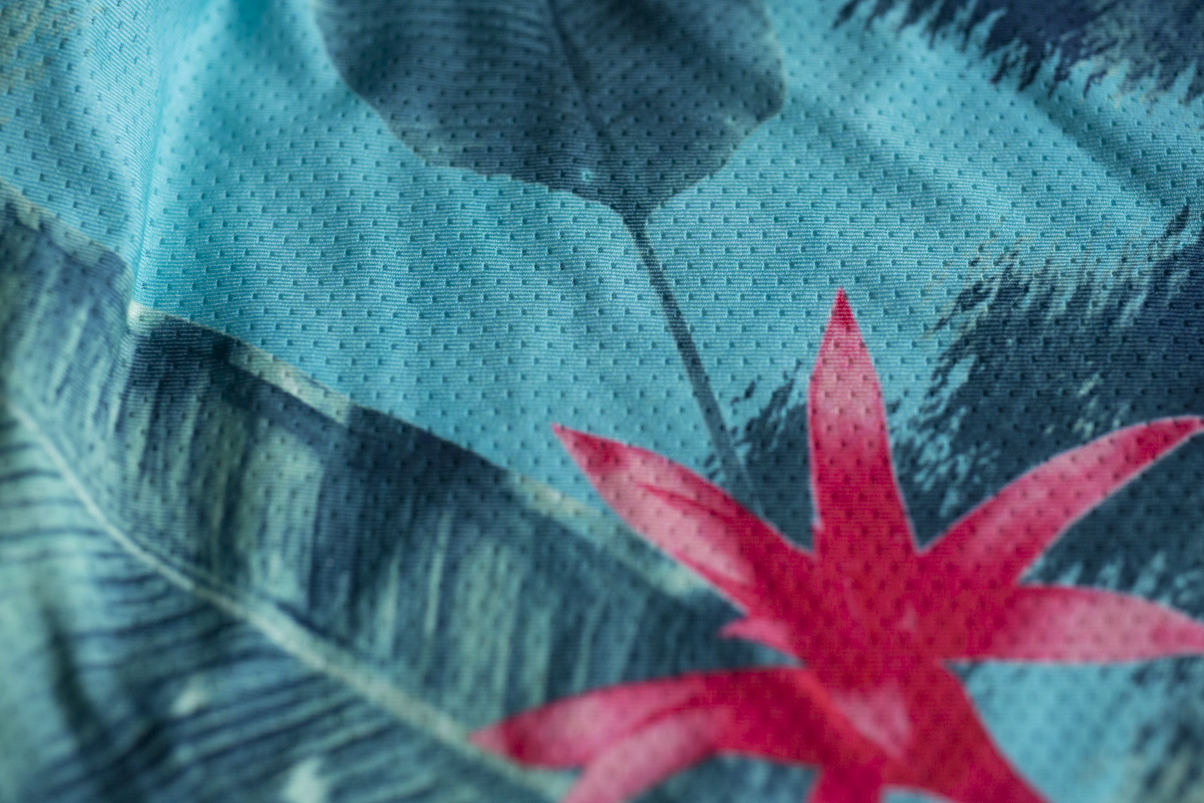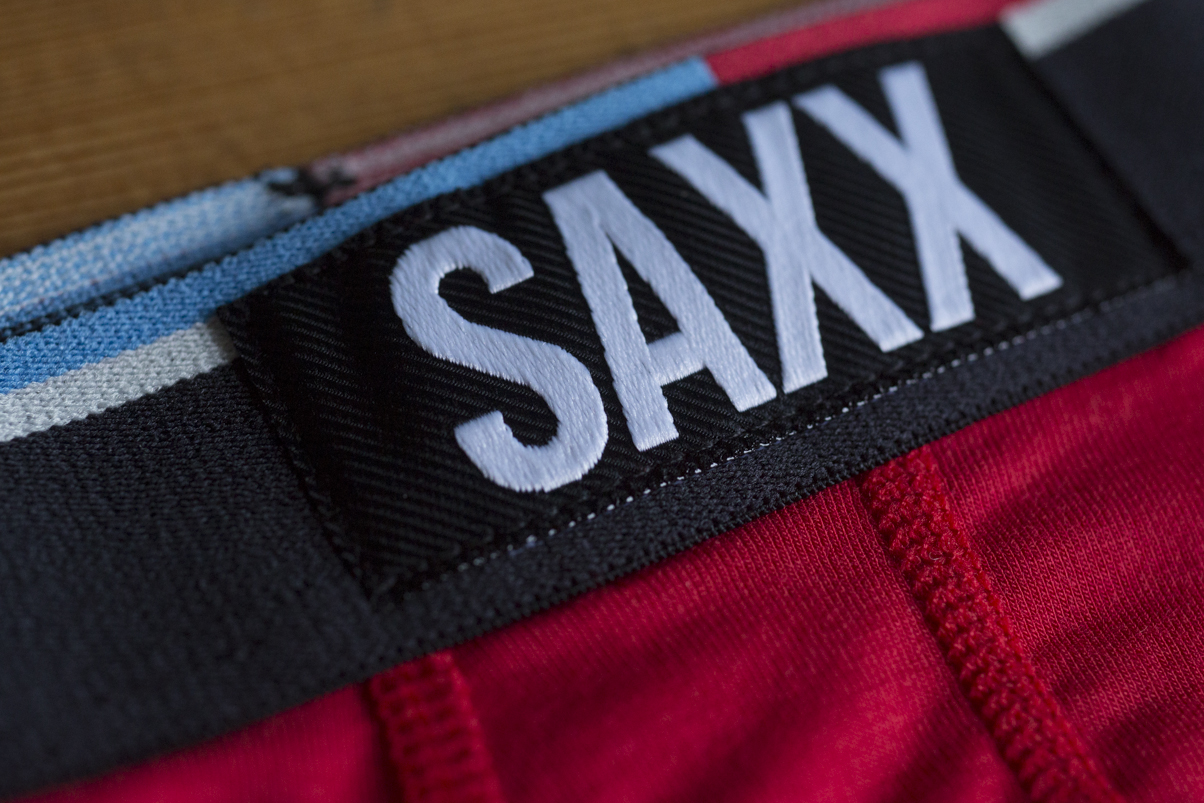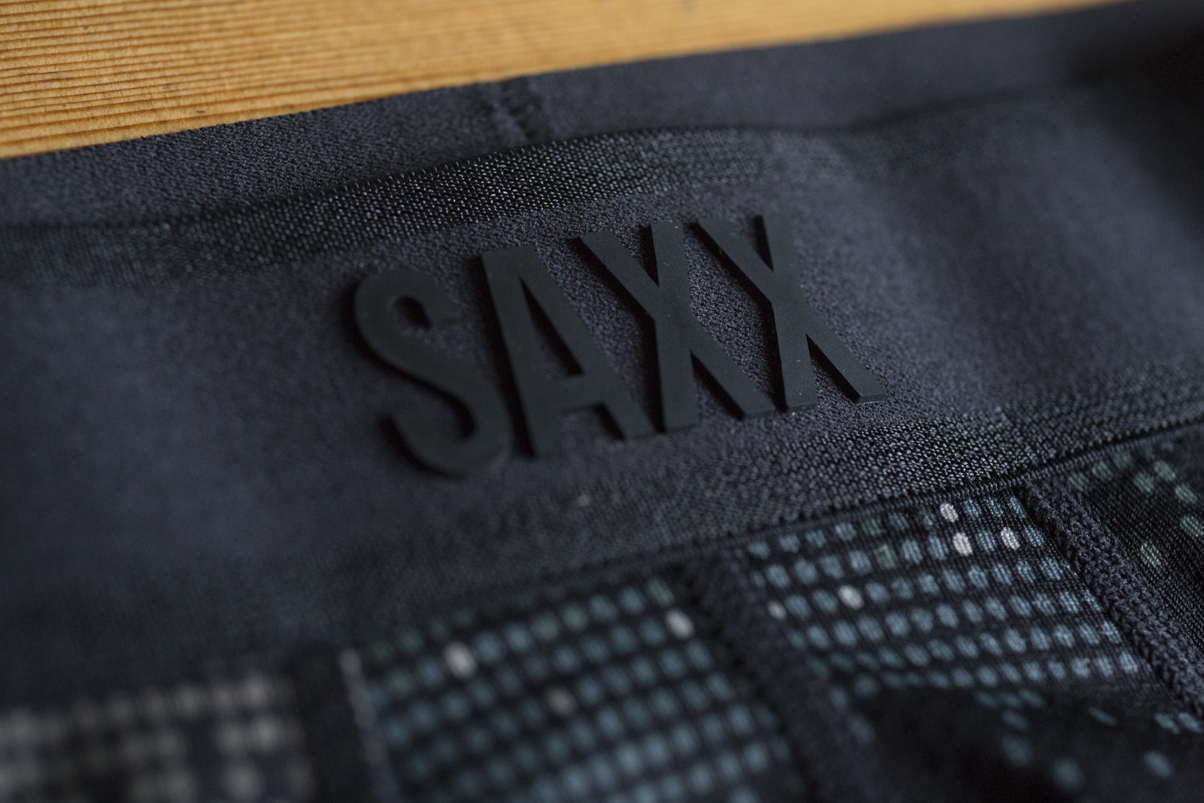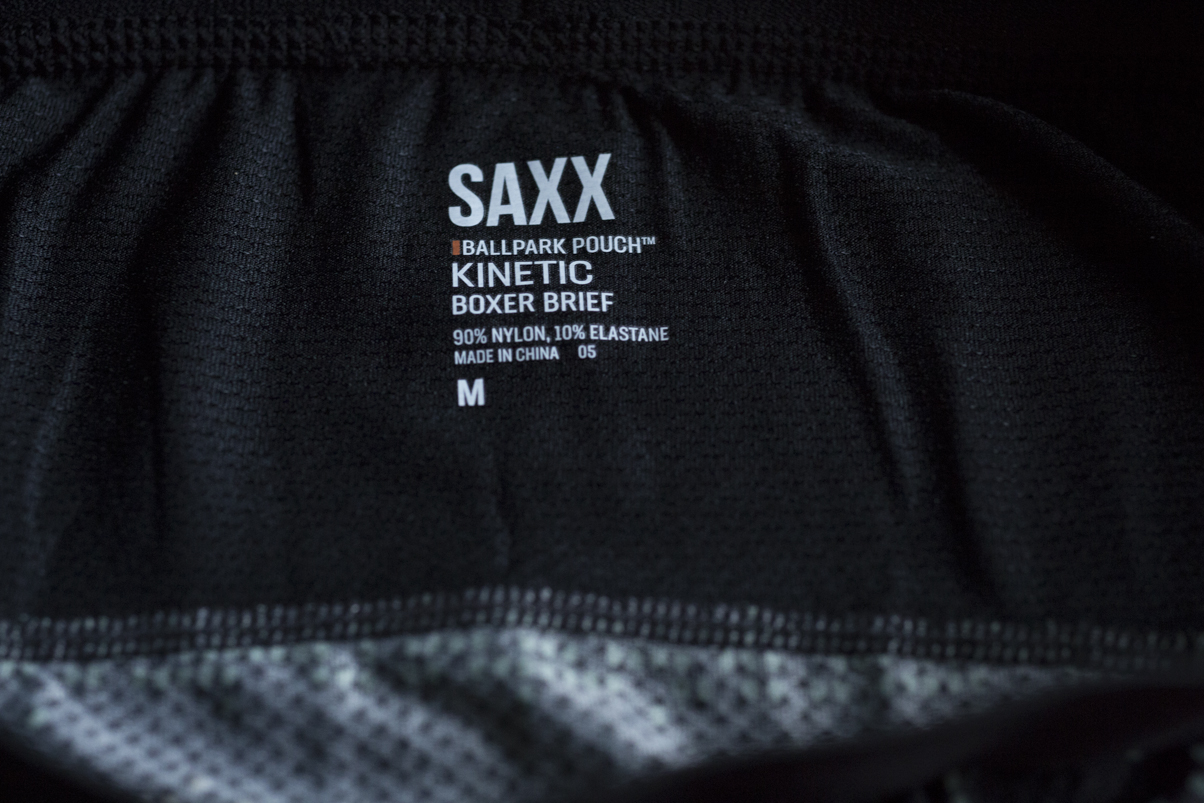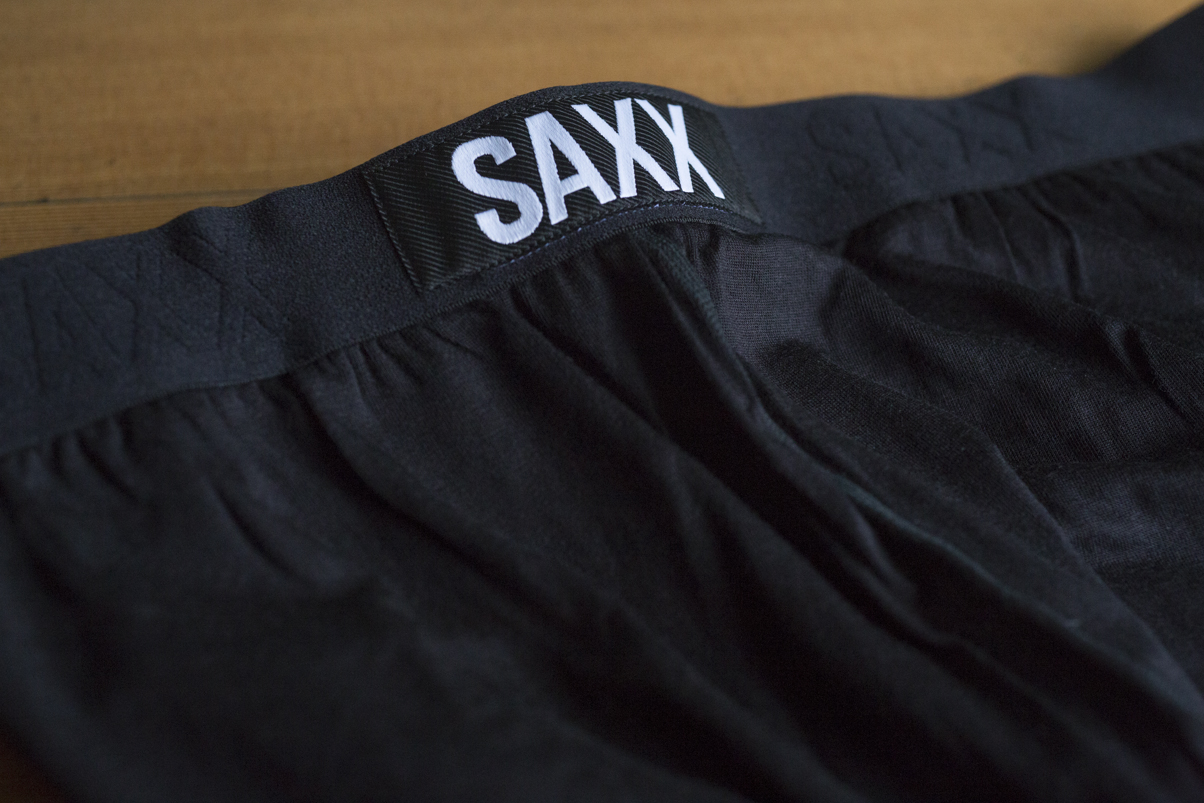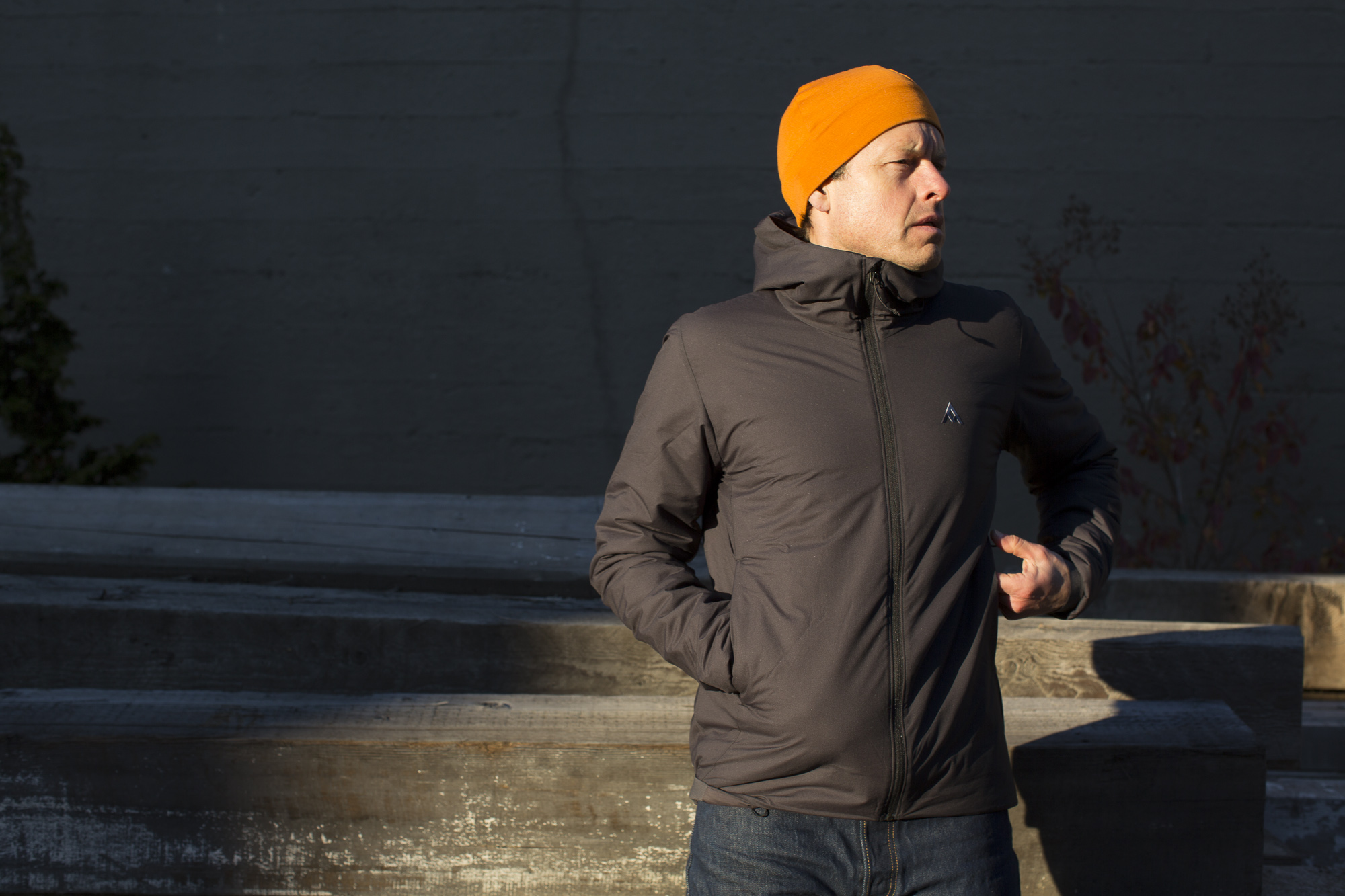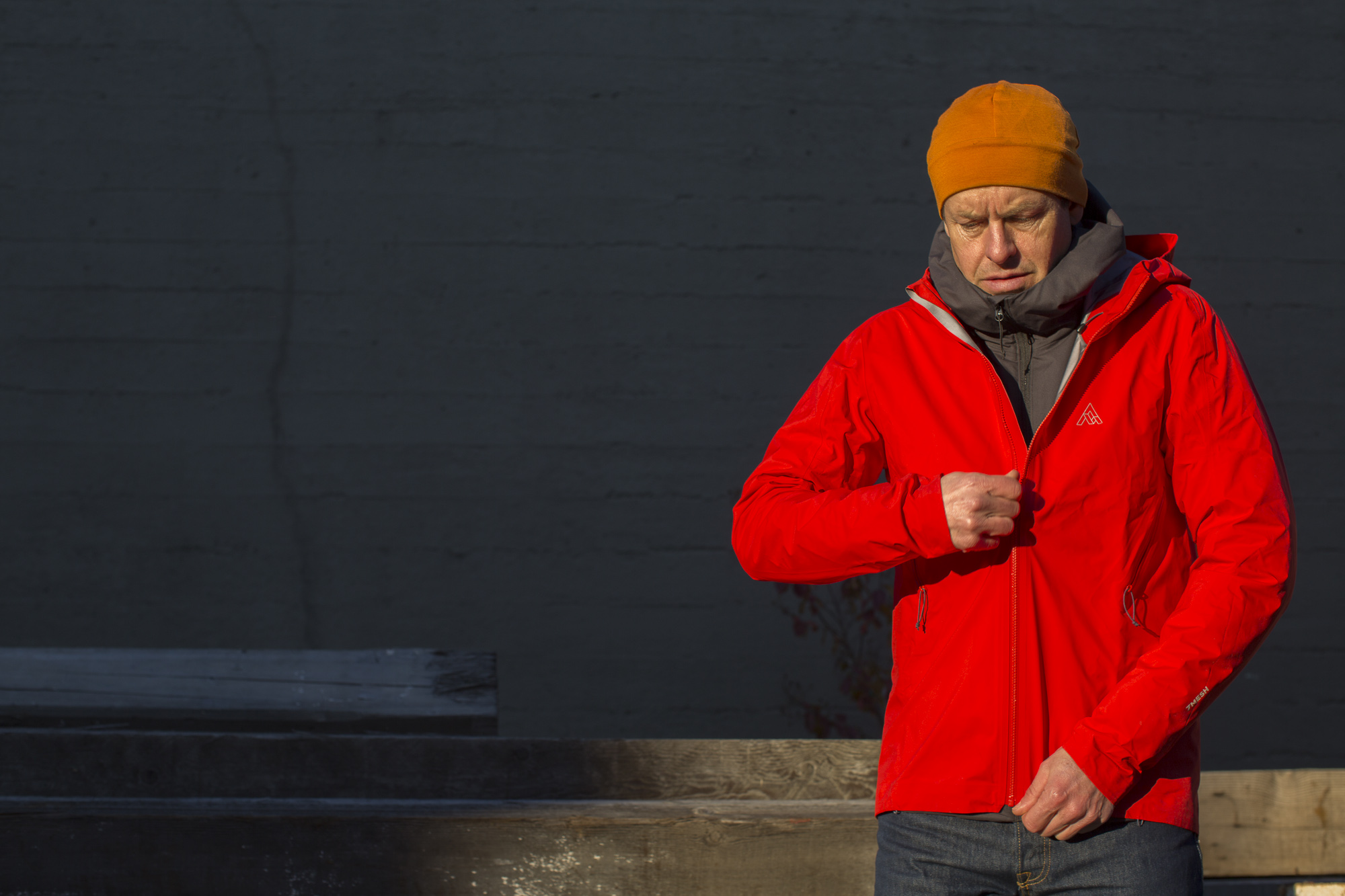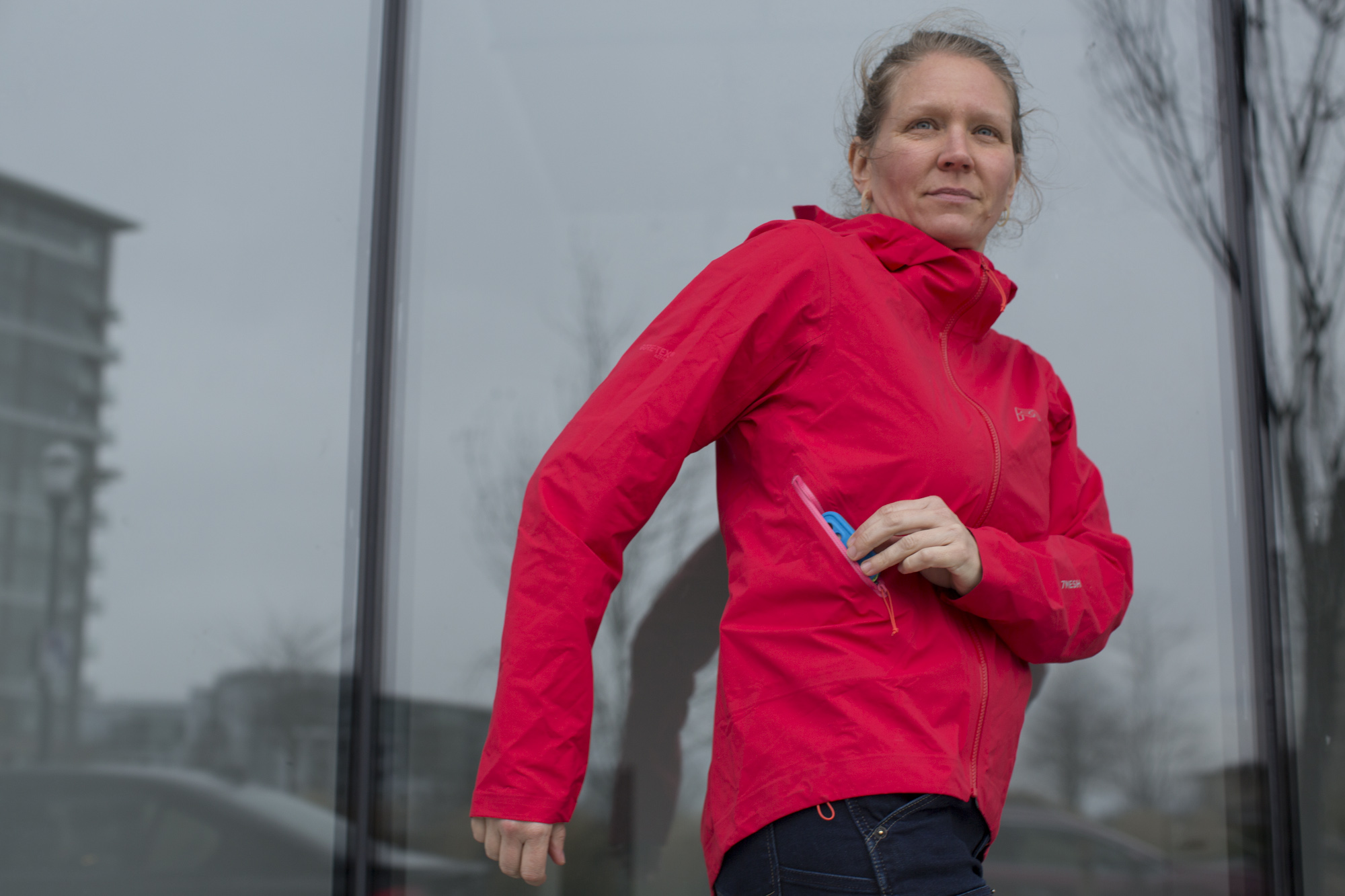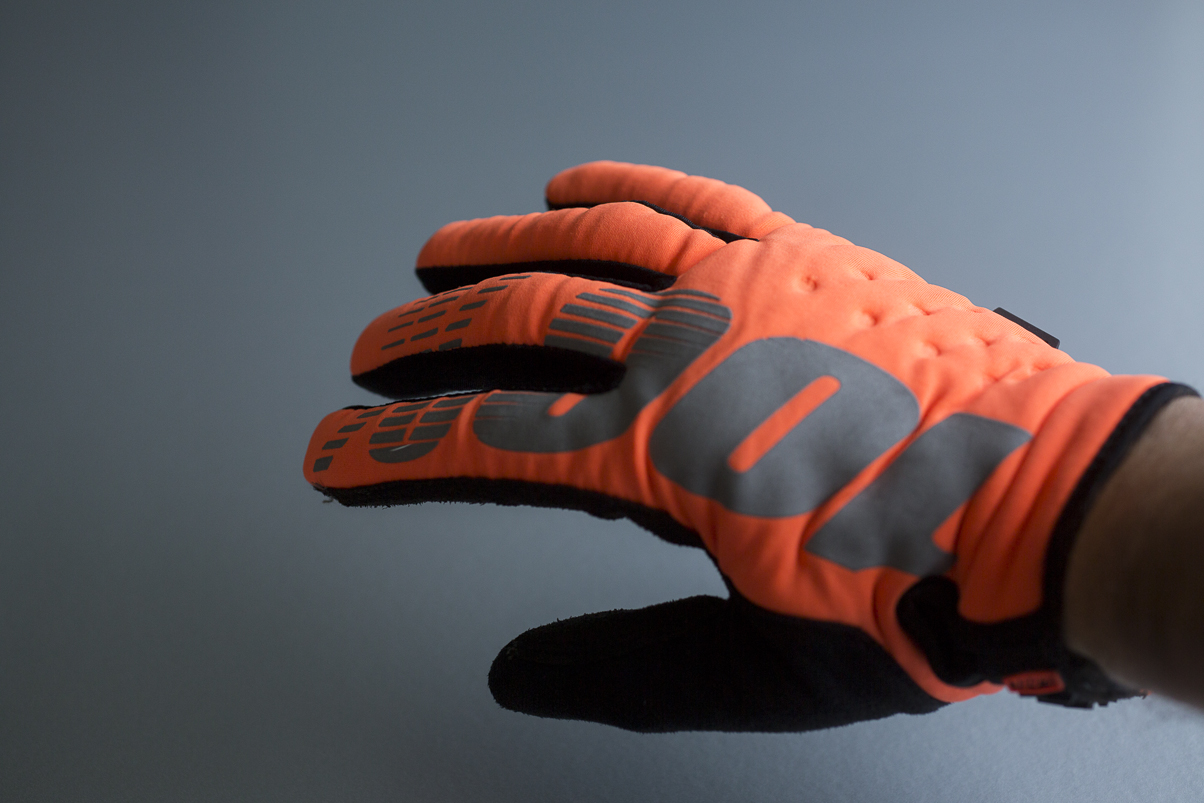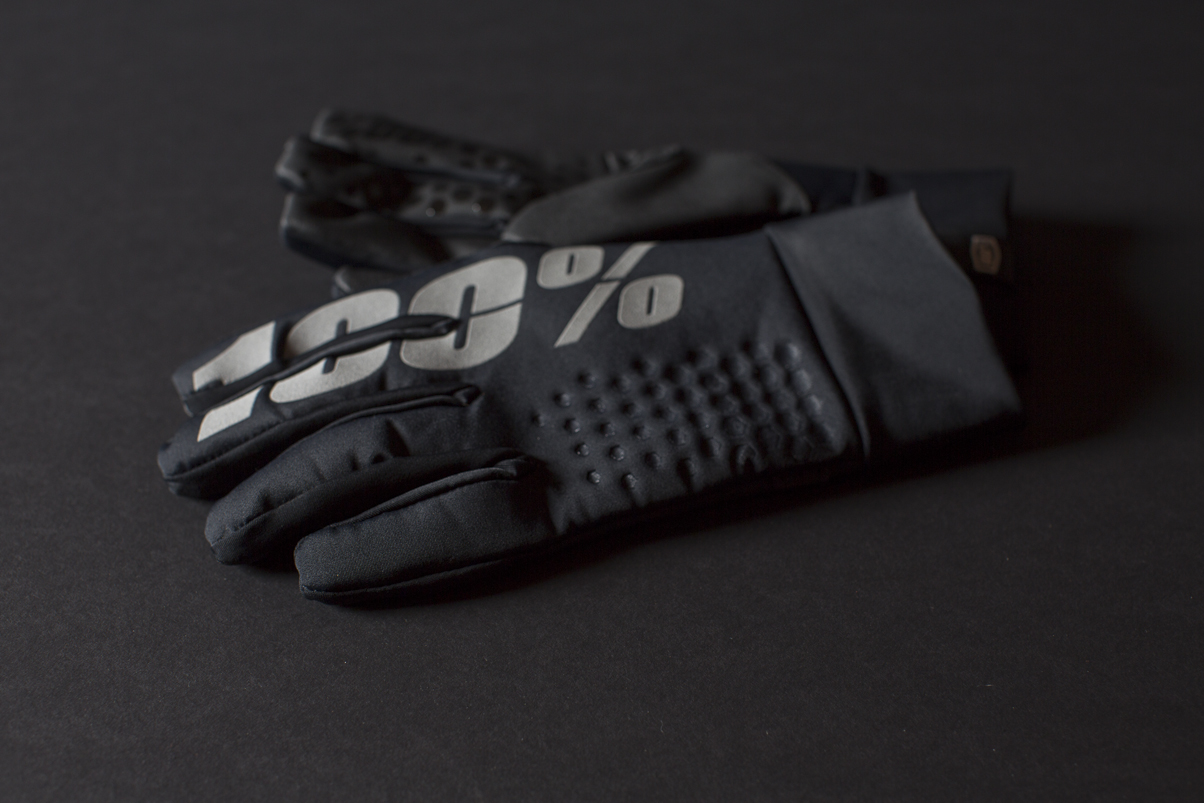Winter Thrive Guide 2019
We did our first “Winter Survival Guide” two years ago. Why do we call this a survival guide? Let’s just say, this is our gift for cyclists to endure winter. But we want to bring a bit more positivity in the mix, so we’re changing the name to “Thrive Guide” We need to set the bar higher…let’s thrive and not just survive. What keeps us going when the temperature drops and the sun is scarce? Right now, it looks like putting on some good music, making a warm, healthy meal, a nice cup of coffee, and riding the indoor trainer. Yes, we still commute by bike, but the outdoor sport rides are much less frequent. We’ve been testing Elite’s Drivo II smart trainer, paired with Trainer Road and have been enjoying that. It’s a big improvement over a standard trainer, and we love the direct drive (cassette mounts directly to the trainer - no tires on metal spindles) Full review to follow in the spring.
I reached out to the folks at Trainer Road to see what was best for endurance riders looking to improve for summer bikepacking, and they suggested 4 weeks of “Base Phase” training, followed by 4 weeks of “Build Phase” and then moving on to their “Century Plan.” I just completed the first 4 weeks of Base Phase and that has felt great. I love the focus and I love the variety of the workouts. I feel like it protects me from overdoing it and I feel like I'm building towards better fitness overall.
We’re looking to the Danes for inspiration in the form of hygge. Without wasting words, it simply means creating an atmosphere of cosiness. Embrace the season! Chill out. Take the time to do some creative endeavors that you might not even consider in the warmer months when you’re out running around trying to do all the things.
New Tires
This is an excellent time to put your bike up on the stand, wipe off that layer of grime and put on a fresh pair of tires. Tori and I just put Panaracers on our commuter bikes. She opted for the 28c T-Servs and I went for the gumwall Pasela ProTite model. I was replacing a pair of Pasela Tour Guards that had been on the bike since it was new more than five years ago! The new ProTite model rides even better than the Tour Guards, my only complaint is that they measure 25.9mm compared to the Tour Guards that measure 27.9mm. But that’s minor, since they ride so well and look the business. If you’re after a 28-30 size, I’d suggest sizing up to their 32c Based on the performance I got on the Tour Guards, I highly recommend the Panaracers.
Good Music
We put a Spotify playlist together of some favorite tracks we’ve been listening to. These days we’re looking for lightness and inspiration. See if you don’t find some here. Also, get in touch we’d love to hear what you’re into.
Good Coffee
We asked some of our favorite coffee roasters some questions about their process and to highlight some favorite bean varieties. We sampled the Ethiopian Halo and Guatemalan Rosma from Heart and they’re delicious, both brewed with the Aeropress and the V60 drip. We asked Wille a few questions…
Wille from heart roasters
1. Do you have a philosophy for roasting? We roast to show the terroir of the coffee and try not to add any flavors from the roasting process. The window is small and in our opinion there is only one sweet spot and you know when you hit it.
2. What makes for a good cup of coffee, in your opinion? I think a good cup is one that I can tell where the coffee is from by just tasting it and don’t have think too much. The balance of sweetness, acidity and mouthfeel has to all work together. When it is well executed it will change the way you drink coffee for the rest of your life.
3. Favorite region for beans? I prefer Ethiopian coffees, but Kenya and Colombia come close second.
4. Espresso or drip? Drip always. Espresso is good, but it can be a little too intense at times.
5. Favorite brew method? Kalita and aeropress
6. Thoughts on bean prices and fair prices for farmers? What will Heart be doing this year about this?
We ask the farmers what is the cost for them to produce green coffee and what price they are hoping to get paid. We always try to pay a little more for the green coffee so we can make sure the farmer wants to and keeps producing green coffee for us. We never contract any coffees based on the coffee commodity price. This is not sustainable for the farmer or the industry. Right now we are working on a way to share a transparency report with our customers so you know where the money is going. When you see some of those cheap prices at grocery stores out there you have to ask your self where and who is getting money from the bag coffee you are buying. By supporting these low prices you are also contributing to poverty in the producing countries. Sounds harsh, but unfortunately it’s the reality. This does not mean you are helping because you buying expensive coffee, but we are hoping to help people see what their money is supporting. With heart you are always supporting the future of coffee and giving farmers and their family a living wage.
Check out Heart’s video about the topic:
7. Portland coffee scene. How do we rank worldwide? How do you feel about the culture here?
Portland has a lot of coffee roasters and we do a fairly good job at it. There are other cities in US that are catching up fast and possibly surpassing our coffee scene here. LA is a growing market with a much fresher view on coffee. We tend to be stuck in our ways here and afraid of change. The industry is evolving and at heart we like to be part of the change. The culture here is good for coffee and I feel like it’s getting better.
Check out Heart’s beans here
Andrew Coe, roaster for Elevator Coffee
We’ve been fans of Elevator since they opened their cafe in SE Portland. It’s a great place to meet for a group ride. Jay Sycip and Greg Watson are both friends from the bike world and also work at a certain maker of headsets and hubs in town. We chatted with Andrew Coe, head roaster for Elevator. We sampled their Ethiopian Hambela Buku and their Guatemalan La Joya. Both were delicious and recommended.
1. Do you have a philosophy for roasting? Our goals are to roast coffee so the inherent qualities of the beans shine through. We select coffees based on high levels of sweetness, so we want to preserve and optimize those sugars. We also aim to roast in a way that makes the coffee easy to brew at home.
2. What makes for a good cup of coffee, in your opinion? A great cup of coffee will have depth and complexity. Perception of flavors change as temperature of the coffee changes, and a really great cup should taste good throughout from piping hot to tepid.
3. Favorite region for beans? Ethiopia
4. Espresso or drip? Both! I tend to get espresso most places because shops generally tend to dial in their espresso and maintain that recipe. Whereas drip coffee is usually a preset option for every coffee. So I find outstanding coffee more frequently on espresso. But really exceptional drip is my favorite, but quite elusive.
5. Favorite brew method? V60 pourover.
6. Thoughts on bean prices and fair prices for farmers? What will Elevator be doing this year about this?
I am so glad this question is here, because it really is the most important question for coffee being a sustainable industry. Coffee is very underpriced. There are many smart folks working on this right now. But we can all contribute by asking questions and having discussions about how coffee drinkers pay for coffee and who makes the most from it in terms of revenues. For our part, we only work with a very select group of importers that we trust are paying producers and farmers fairly. There is still a long ways to go here, and we are doing work in this area in 2019.
For Elevator, we are going to continue to do education with all of our staff to help them all understand why this is a concern. I'm hoping to source coffee with Catalyst Trade and Terra Negra Trade again this year (mentioned above). They have both been real advocates about price transparency that is hard to always get with some larger importers, and so we want to support them and depending on the coffees we buy, hopefully will be able to demonstrate in dollar amounts how we are making a difference. For now, we are trusting the importers we work with that the farmers are getting a fair wage. We are also working on a way of communicating our pricing model with wholesale partners, and eventually, customers. I think education is really important here, because just getting numbers without their context can lead to some misunderstanding. It is also a little scary to "show your work" this way. In 2018, we paid on average $3.80/lb for green coffee, when the commodity price was around $1.00/lb.
For the average consumer, coffee is not any different than any good. Don't just follow the marketing, do a little research and ask questions. I'd encourage people to get to know the people you are buying coffee from and then ask them about the different coffees and see what they know. Every purchase is an opportunity to support people who are making a difference.
7. Portland coffee scene. How do we rank? How do you feel about the culture here? The concentration of high level coffee in Portland is definitely the best in the US, and likely in the top 3 globally. This is due in large part to the work of Stumptown. Not only for introducing a higher standard for specialty coffee market here, but also for producing a large number of people that went on to start their own companies here.
Check out Elevator’s beans here
Sam Ullman - Mean Coffee
Buddy, one of Tori’s awesome students recently gifted us with a bag of his son, Sam’s excellent coffee. It was an Ethiopian Guji Hambela. He’s a small operation, but I was very impressed with the quality of this coffee.
1. Do you have a philosophy for roasting? Roasting is so complex, yet so simple. It's like a golf swing or cooking a steak. So many things can go wrong, but once you develop some consistency, style, direction you can have a lot of fun.
2. What makes for a good cup of coffee, in your opinion? Depth. Brightness. You should feel really good after drinking a cup of coffee.
3. Favorite region for beans? There are amazing farms in all regions. I can't choose a favorite. Give props all over.
4. Espresso or drip? Depends on how much sleep I've gotten the night before.
5. Favorite brew method? Aeropress.
6. Any thoughts on bean prices and fair prices for farmers? I just attended a lecture recently on the subject. I'm happy to have come into an industry that is so conscientious in this way. We (coffee businesses) have a cool opportunity to take a lead on this issue. Hopefully we can set an example for other industries to follow. So much goes into getting a cup of joe to the table, you don't really appreciate it all the time.
7. Portland coffee scene. How do we rank worldwide? How do you feel about the culture here?
The coffee culture is really exciting here. Maybe because everyone is hyped up on caffeine (actually because*). I don't rank us, but it's pretty darn good. I don't think you'll be disappointed.
8. Do you have your own equipment or rent time in a coop?
Rent time in a co-op situation. Shoutout Buckman Coffee Factory!
check out Mean Coffee’s beans here
SAXX
We recently became aware of SAXX underwear via Trans Cascadia last year and they’re opened our eyes to quality underwear for men. They finally gave underwear the fit and attention to detail that it deserves. They created a 9-panel design that actually fits your anatomy. They obsessed about material choices that would perform and keep you dry. They put the seams on the outside, so you wouldn’t feel them against your skin. Their “ballpark pouch” is perhaps a feature you didn’t know you needed, but it keeps things in place. We obsess about wicking base layers and comfort, so why neglect your underwear? Time for an upgrade.
We were most interested in SAXX for their take on “sport“ and “travel” underwear, so we tried their Vibe, Volt, Kinetic and BlackSheep models. The BlackSheep is their merino model and it’s wonderful. The Volt has quickly become a favorite. It’s one of their sports models and it’s wicking pin-dot mesh is breathable and crazy comfortable. It’s a top choice for gym or travel use. I’m possibly most excited about their Quest model, which is their travel model. The fabric is thinner, and perforated, so my guess is that it’s wicking properties will make them a great performer in hot, humid conditions. We’ll have to wait to test that out. The Kinetic is one of their sport models, and is perhaps the most substantial in terms of fabric weight and compression. It feels closest to athletic gear. Thank you SAXX for showing us what underwear should be. Oh! Let’s not forget SAXX’s take on sleepwear - The Sleepwalker. This model is brilliant. Like their underwear it has the reversed seams, and the “Modal” fabric is super stretchy and thus crazy comfortable. I find the material slightly thin for loungwear, but absolutely perfect for sleeping. No more sweating it out in flannel. It sems like a lot of innovation for one company. I can’t wait to see where SAXX take it from here.
To follow up from our Winter Gear Guide, The 7Mesh Outflow Hoody continues to be a favorite for its warmth, comfort and ability to layer well under outerwear. The 7Mesh Guardian Jacket is still our favorite shell, due to how much wind and rain protection we get in a lightweight, packable piece. Here is a link to the Gear Guide, in case you missed it.
In terms of gloves, The 100% gloves have seen the most use. The Brisker is great for days that are dry and not too cold. The Hydromatic Brisker is great for wet weather, but due to it’s waterproof lining, I would suggest sizing up one or even two sizes. As soon as a glove starts pressing on my finger tips, that’s when I tend to feel the cold. Both gloves have been ideal for Portland winter riding!

